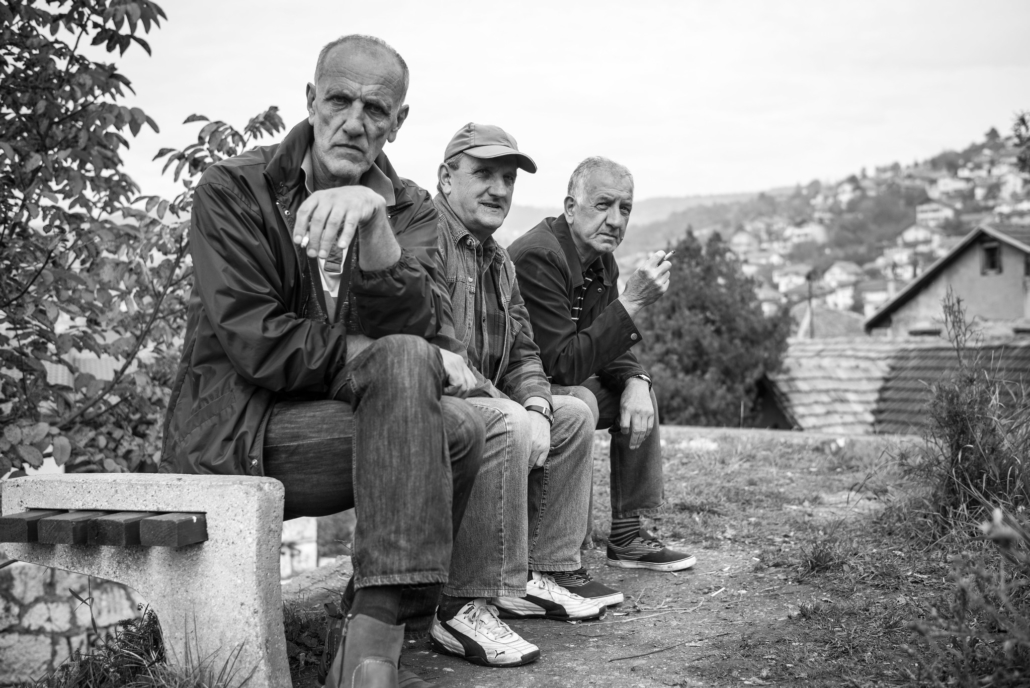
Bosnia and Herzegovina is a country located in the Balkan region of Eastern Europe. The country has been one of the center points of the Yugoslavian Wars that tore across the area in the 1990s. It was the location of countless atrocities, such as the massacre at Srebrenica in 1995. The impact of these events still exists across the country today, despite 25 years of improvements and advancements. Part of this impact was the reduction in life expectancy in Bosnia and Herzegovina.
10 Facts About Life Expectancy in Bosnia and Herzegovina
- Life Expectancy: Life expectancy in Bosnia and Herzegovina is around 77 years. This is more than most of the other countries in the Balkans, surpassed only by Greece, Montenegro and Croatia. However, in the European Union, life expectancy is the average of 81 or the Balkan average of 77. All of the Balkan countries are above the world average of 72 years despite genocide and war afflicting them.
- Instability: The country’s average life expectancy was on a linear growth before the wars and peaked at 71.6 in 1987. However, the loss of life and general prosperity from the instability of late Yugoslavia followed by the violence of the wars and genocide caused a massive dip in this figure. In fact, its life expectancy did not return to prewar figures until 1995.
- Reduced Life Expectancy: Before the war, the population peaked at 4.5 million people in 1989. In contrast, up to an estimated 300,000 fatalities massively dented this figure. By 1996, a quarter of the pre-war population displaced while around 1.2 million fled the country in a mass migration. Additionally, high-income families generally have a higher life expectancy which links to the reason behind the life expectancy loss.
- Life Expectancy Growth: Life expectancy in Bosnia and Herzegovina has grown by 6.6 percent from 1996 until 2017. This is slower than the world growth of 8.7 percent in the same time frame. This is likely due to poor economic growth and countless health issues.
- Air Pollution: Large amounts of air pollution result in many premature deaths. It also reduces general life expectancy in Bosnia and Herzegovina by at least 1.1 years overall. Poor control over energy generation pollution output has cost the people of the country 130,000 years of life overall in the last 10 years. This is due to poorer respiratory health and increased incidences of lung cancers. To combat this, cities and decisionmakers within the country are coordinating with an organization like the U.N. Environment. They will switch energy production from polluting sources such as old coal generators to renewables. For example, the project District Heating in Cities Initiative is attempting to replace the heating oil system of the city Banja Luka to biomass generators. This will cut emissions by 90 percent.
- Life Expectancy Disparities Between Genders: The differences in life expectancy between genders are significant. As men live an average of 74.6 years, while women live five years more on average at 79.5 years. This is likely caused by various social conditions such as the expectation for men to take on more dangerous jobs. In addition, suicide rates are disparately high in men compared to women.
- Death Rate: Bosnia has a very high death rate. It is the 39th highest in the world at 10 deaths for every 1,000 people. This is due to air pollution, destroyed infrastructure from the war and water shortages. Also, many areas of the country have poorly rebuilt electric networks and poor train lines or road systems. Due to this, reactive health care has suffered in many areas, making it impossible for people to get to hospitals. However, with investments and concentrated efforts, this has been changing for the better. As the country rebuilds train lines and improves roads, motorway fatalities have gone from dozens a year to simply two in 2014.
- The Poverty Rate: The poverty rate in the country is 2.2 percent, but lack of health does not contribute greatly to its poverty rate. This means many of those in poverty do not struggle with health care issues. This is due to the fact that the government provides health insurance to even the unemployed, reducing out-of-pocket costs for the country’s poor on these issues.
- Health Care Spending: The majority of health care spending in the country is government spending. Around 71 percent of all health care spending is public funding. Of the 29 percent private expenditures, nearly all of it is purchases of household health materials such as bandages and medicine. Meanwhile, the country spends 1 percent on other expenses, indicating that these private expenses are less likely to be costly affairs that may serve to hurt the financial stature of citizens.
- Preventative Care: Preventative care is minimal in the country as programs like education and advising programs, immunization programs, epidemiological monitoring and disease risk control and disaster response programs only make up 1.8 percent of total health care funding. This likely plays a large part in the death rate as preventative care is extremely important in ensuring long lifespans. However, the government of Bosnia and Herzegovina and the European Union have been working in tandem with NGO projects to boost immunizations in the country including World TB Day, Immunization Week, Anti-TB Week and World AIDS Day. Additionally, the aim is to build trust in vaccines amongst the general populace.
These 10 facts show how damaging the war has been on the general health and lifespan of the population. While the years since have seen improvements, they have not been enough to bring Bosnia and Herzegovina to par with the rest of the world. Damaged public infrastructure, lack of focus on preventative care and deteriorating environmental conditions are some of the primary reasons behind the slow increase of the country’s life expectancy.
– Neil Singh
Photo: Flickr
 Poetry, one of the most ancient art forms, serves as an outlet for poets to convey their most profound emotions. Poetry is magical because it paints a picture with words and navigates the reader through a flurry of feelings. While few reach glory, many poets go unrecognized or misunderstood in their pursuits. These are four poems about poverty.
Poetry, one of the most ancient art forms, serves as an outlet for poets to convey their most profound emotions. Poetry is magical because it paints a picture with words and navigates the reader through a flurry of feelings. While few reach glory, many poets go unrecognized or misunderstood in their pursuits. These are four poems about poverty.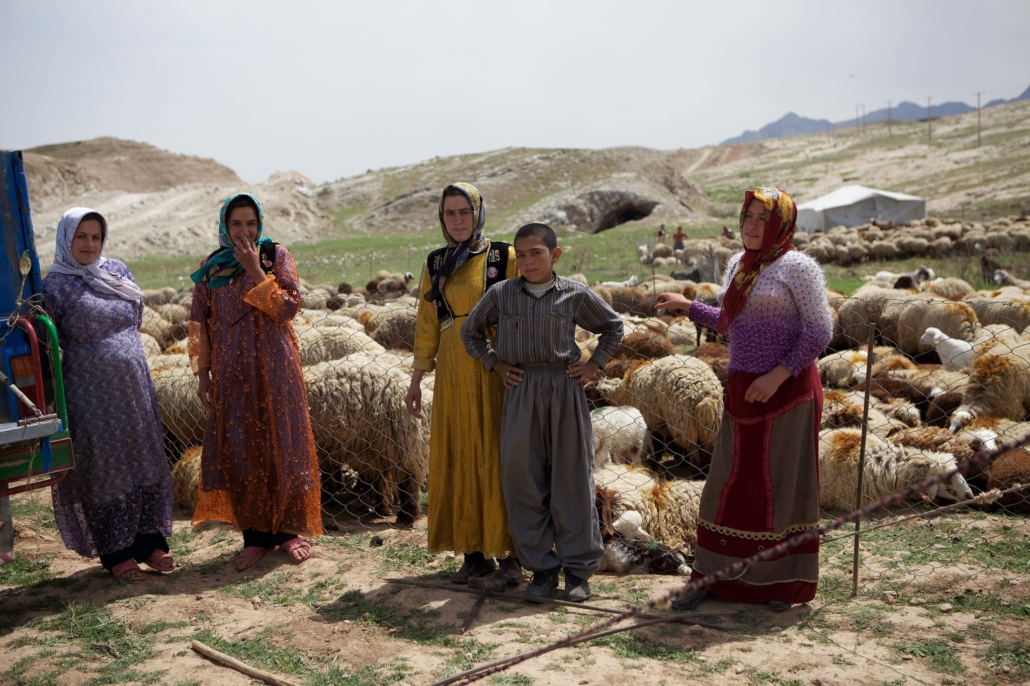
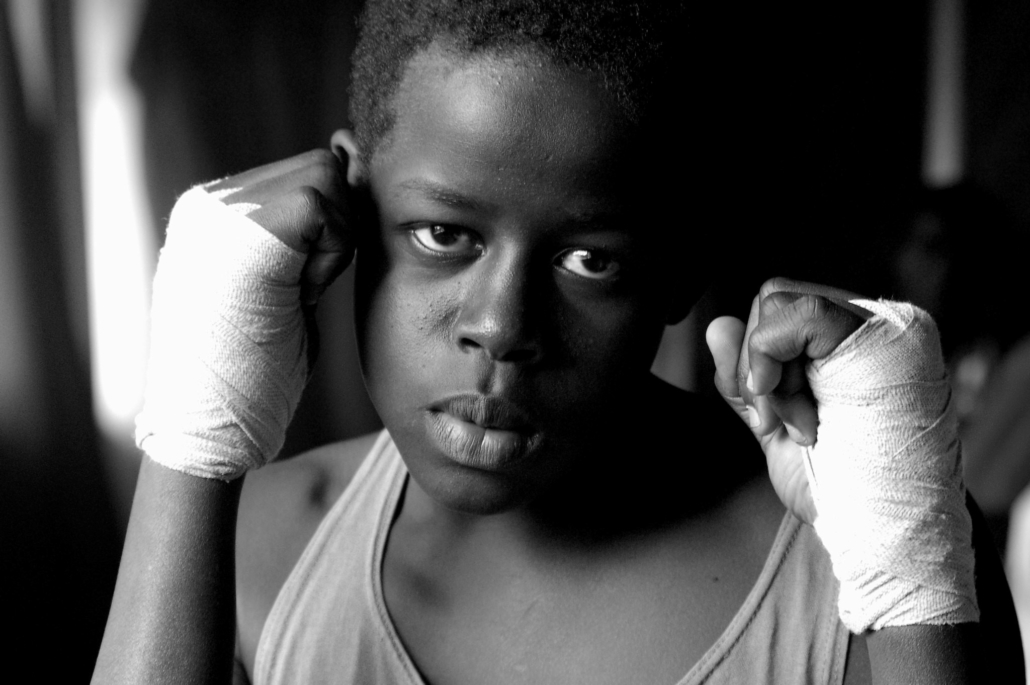
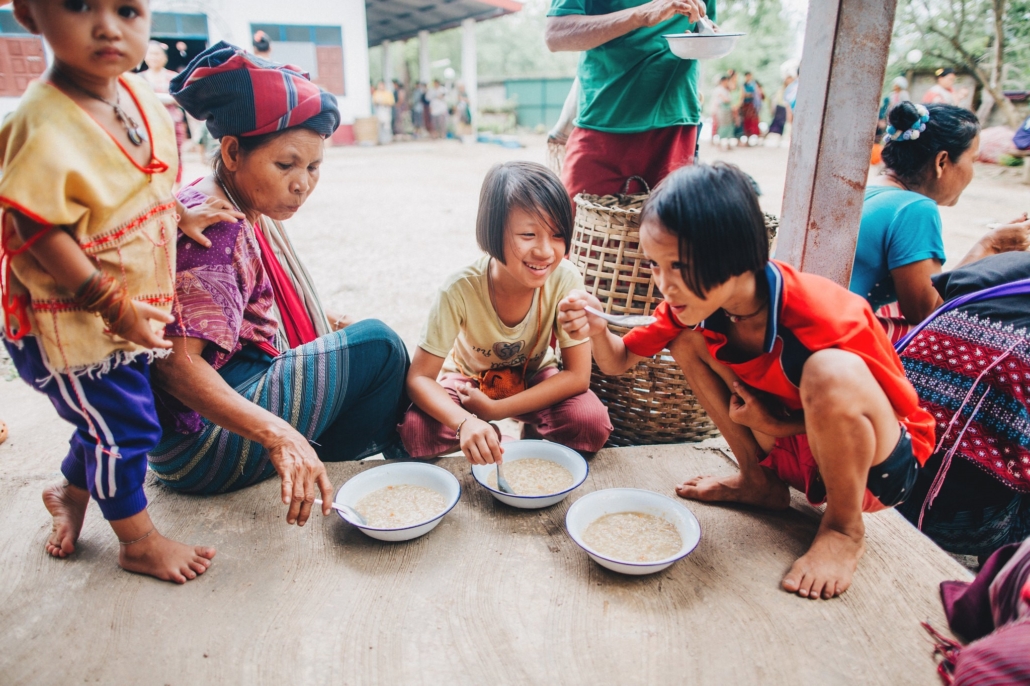
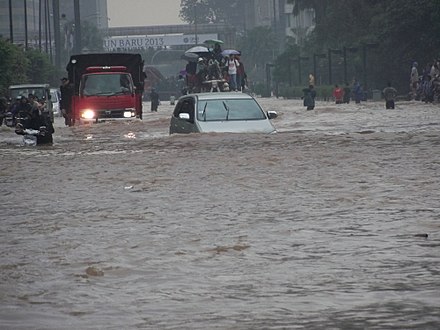
 Notable figures throughout history are oftentimes known for their eloquence. This ability is especially important when it comes to mobilizing others around important issues, such as poverty. Below are nine quotes from notable figures about poverty.
Notable figures throughout history are oftentimes known for their eloquence. This ability is especially important when it comes to mobilizing others around important issues, such as poverty. Below are nine quotes from notable figures about poverty.
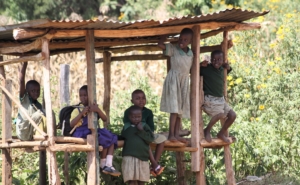
 “Give a man a fish and you feed him for a day. Teach a man to fish and you feed him for a lifetime.” – Ancient Proverb. The Indonesian government is taking the above saying to heart. It is doing its best to teach the poor population how to provide for themselves rather than merely providing aid. The government has grouped poverty reduction programs in Indonesia into three clusters: Social assistance, community empowerment and microenterprise empowerment. Simply put, cluster one is similar to giving Indonesia’s impoverished population fish while cluster two is giving the population a fishing rod and teaching them to fish. Finally, cluster three is facilitating fishing by providing a boat.
“Give a man a fish and you feed him for a day. Teach a man to fish and you feed him for a lifetime.” – Ancient Proverb. The Indonesian government is taking the above saying to heart. It is doing its best to teach the poor population how to provide for themselves rather than merely providing aid. The government has grouped poverty reduction programs in Indonesia into three clusters: Social assistance, community empowerment and microenterprise empowerment. Simply put, cluster one is similar to giving Indonesia’s impoverished population fish while cluster two is giving the population a fishing rod and teaching them to fish. Finally, cluster three is facilitating fishing by providing a boat.